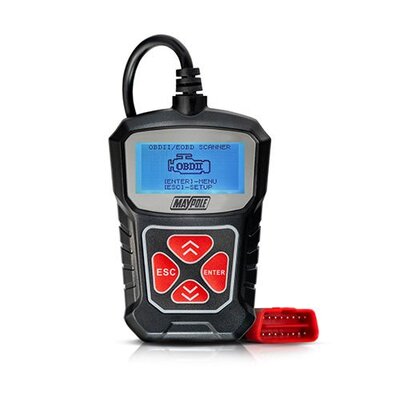Ross365
Member
- Messages
- 1,975
- Location
- UK
Yes, is it a 702 series, but according to Wiki, there are a number of variants in that family and the Intelsat 33 was a type 702MP, which uses the very old and conventional combination of dinitrogen tetroxide as the oxidiser and mono-methyl hydrazine fuel https://en.wikipedia.org/wiki/Boeing_702.It was a problem with the main engine that delayed it getting to orbit after launch, but I don't think it will have been used after that.
Pretty sure that the current HS-702 satellites use xenon thrusters for routine adjustments ("station-keeping"), so there will be a large tank of pressurised xenon gas in it somewhere (as well as the pressurised tanks for the main engine propellant) - I guess it is possible that something damaged one of those tanks that then caused catastrophic failure. ('Anomalies' have been reported with excessive propellant consumption on this satellite, but I don't know the details.)
That's a combination that started out on the Gemini project in the mid1960's, and was then used on Apollo and the Shuttle.
Interesting to note that one common component type on both Starliner and Int33 is that the control valves for the propellant are all made by the Moog company. Not long ago, most people would have judged Moog as the most well-proven valve supplier in the world, but these are "interesting times"!
As well as the main engine, which failed early on in the spacecraft's life, all the station-keeping thrusters were made in England. They too ran in to problems after about 6 months in to the 15 year mission, using more propellant than they are supposed to.




 . I'm sure that some people did very well out of it.
. I'm sure that some people did very well out of it.
